
The Edelweiss – Switzerland’s national flower?
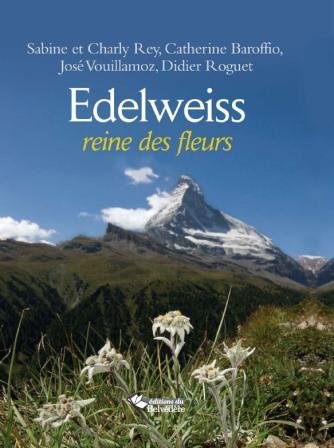
Twin exhibitions in Zurich and Geneva are celebrating the queen of alpine flora.
Everybody knows the Edelweiss, which grows high in the Alps and is regarded in Switzerland as a national symbol.
But how much do the Swiss really know about the Edelweiss? For the first time, an exhibition and a book explore the myths and paradoxes of this queen of alpine flowers.
Did you know that the Edelweiss is not really a flower as such, but a set of 500 to a thousand tiny florets grouped in several heads (between 2 and 10 of them) surrounded by 5 to 15 white velvety leaves, that it is fertilised by flies, or that it originally comes from the Himalayas and was practically unknown until the late 19th century?
A national exhibition is being dedicated to the Edelweiss and its mysteries. It is being put on simultaneously by the botanical gardens of Geneva and Zurich.
“This is the first time ever that an exhibition is being organised in Switzerland on the Edelweiss,” Didier Roguet, project head and keeper of the Botanical Garden in Geneva, told swissinfo.ch.
“We got the idea about four years ago following the well-publicised domestication of the Edelweiss – it has been cultivated in the Valais since the beginning of the 1990s and is now seen more and more often in private gardens. Today the Edelweiss is particularly in demand from the cosmetic industry. As the years go by, it has been losing its image as a national symbol and taking on new meanings.”
Between science and legend
The botanical gardens in Geneva and Zurich have combined their forces to put on the national exhibition “Edelweiss – Myths and Paradoxes”. In collaboration with the Federal Agricultural Research Station at Changins (in Canton Vaud) and at Wädenswil (near Zurich), they have been working together for about four years to make this project happen.
“The exhibition is stretched out over an open-air trail of about 800 metres, which can be covered in about 50 minutes. As you walk along, there are teaching stops which relate the entire history of the Edelweiss through documents, photographs, objects and a three-dimensional film in 3D,” explains Roguet.
The plant itself can be studied in the large alpine rockery, which is the pride of the Botanical Garden located in Chambésy just outside Geneva.
The exhibit is structured into four interactive sections: the Edelweiss in botany; cultivating and protecting the myth; medicinal, cosmetic and nutritional aspects; and finally, the symbolism of the Edelweiss.
“Think of it like the four arms of the Swiss cross reviewed and brought up to date by specialists, botanists, anthropologists and agricultural scientists,” suggests Roguet.
“The Edelweiss was adopted as a national symbol in the 19th century to give back some lustre to a nation that was looking a bit washed out,” he says. “But no-one knew that this little silvery and hairy flower would become a real alpine celebrity.”
In fact, over the years, Leontopodium alpinum (to give it its scientific name, literally “alpine lion’s tooth”) – has been used to decorate a large number of products made in Switzerland, from postcards to chocolate bars, from folk costumes to sun lotions, and from penknives to purses.
As the emblem of the Alps par excellence, the Edelweiss has many legends associated with it. Perhaps the most famous one tells of a bold suitor who put his own life in danger climbing a steep rock face to pluck the white flower as a gift for his beloved.
From Asia to Europe
The original home of the Edelweiss is in the high plateaux of the Himalayas and Siberia, where there currently exist about 30 little-known species in the wild.
The plant “migrated” to Europe during the Quaternary ice ages. Today it is found in the alpine region of Switzerland, Italy, France, Austria, Germany, Spain, and the Balkans at an altitude between 1,500 and 3,000 metres.
“It can no longer be regarded as an endangered species, seeing as it has been cultivated in Valais since the 90s. But it is protected in almost all the countries where it grows,” explains Roguet.
In Switzerland it does not enjoy protection at the national level, but it does in the 14 cantons where it is found, namely Ticino, Graubünden, Valais, Vaud, Fribourg, Bern, Appenzell and the whole of central Switzerland.
“The star of the snows” as the Edelweiss is sometimes called, is also a reminder of a dark past. “The Edelweiss was the favourite flower of Adolf Hitler. For that reason it was used as a symbol by the Nazis,” says the curator of the national exhibition.
In 1935, the German Wehrmacht formed an alpine unit which used the flower as part of the insignia on its uniforms. Towards the end of the Second World War, however, the Edelweiss became the symbol of the German resistance against Nazism.
The “Edelweiss pirates” were groups of young workers who had turned against Nazism and were active as a kind of urban guerrillas against the regime. For English-speaking people, the famous “Edelweiss” song in The Sound of Music is also associated with patriotic resistance to Nazism.
This exhibition coincides with the publication of a lavishly illustrated book. “A few years ago we realised that no book had ever been published in Switzerland all about the Edelweiss,” explains one of the authors, botanist José Vouillamoz.
“So we contacted the Botanical Garden in Geneva to explore the possibility of a collaborative effort, which eventually led to the organisation of this national exhibition.”
“Edelweiss – Myths and Paradoxes” opened simultaneously at the Botanical Gardens of Geneva and Zurich on May 19. It goes on until October 16.
Presented in French or German with an English translation available in each case, the exhibition is laid out along a teaching trail of about 800 metres. It offers guided tours, activities and workshops for all ages. Six night-time openings with actors declaiming by torchlight along the trail are scheduled for June and September (free admission).
Edelweiss, la reine des fleurs is published in French by Editions du Belvédère. This 160-page illustrated book was featured at the Salon du Livre in Geneva, and is now on sale priced 59 SFr. A German version, published by AT Verlag, was launched at the May 19 opening and is now also available.
(Translated from Italian by Terence Macnamee)

In compliance with the JTI standards
More: SWI swissinfo.ch certified by the Journalism Trust Initiative






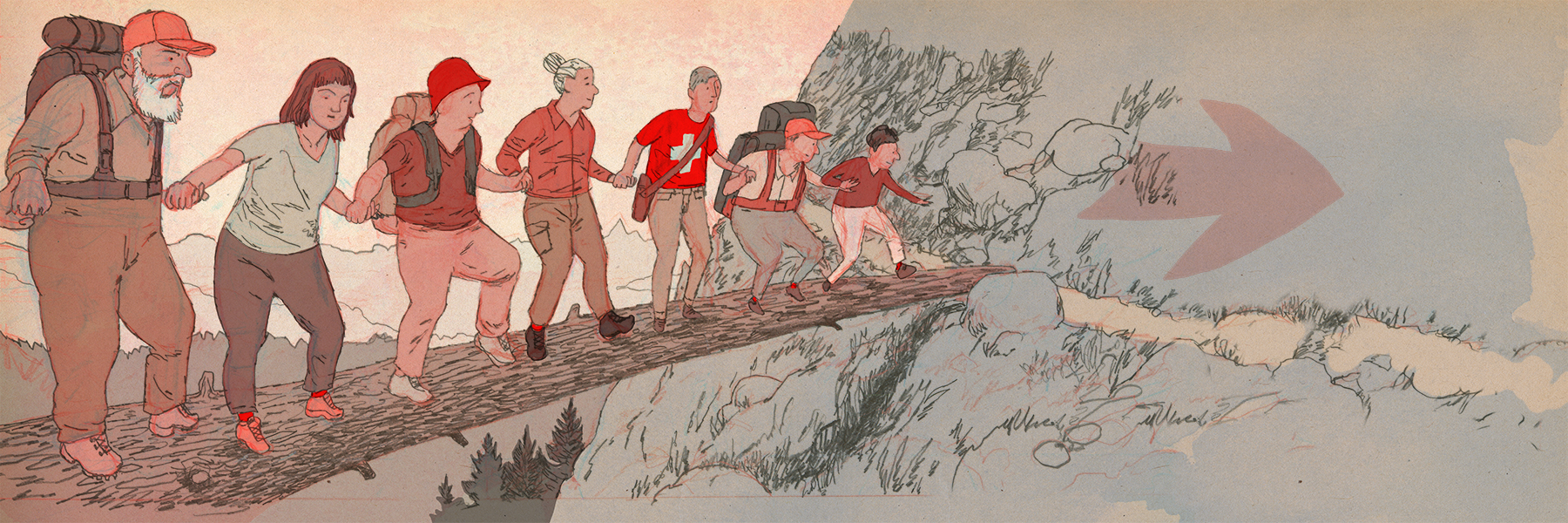






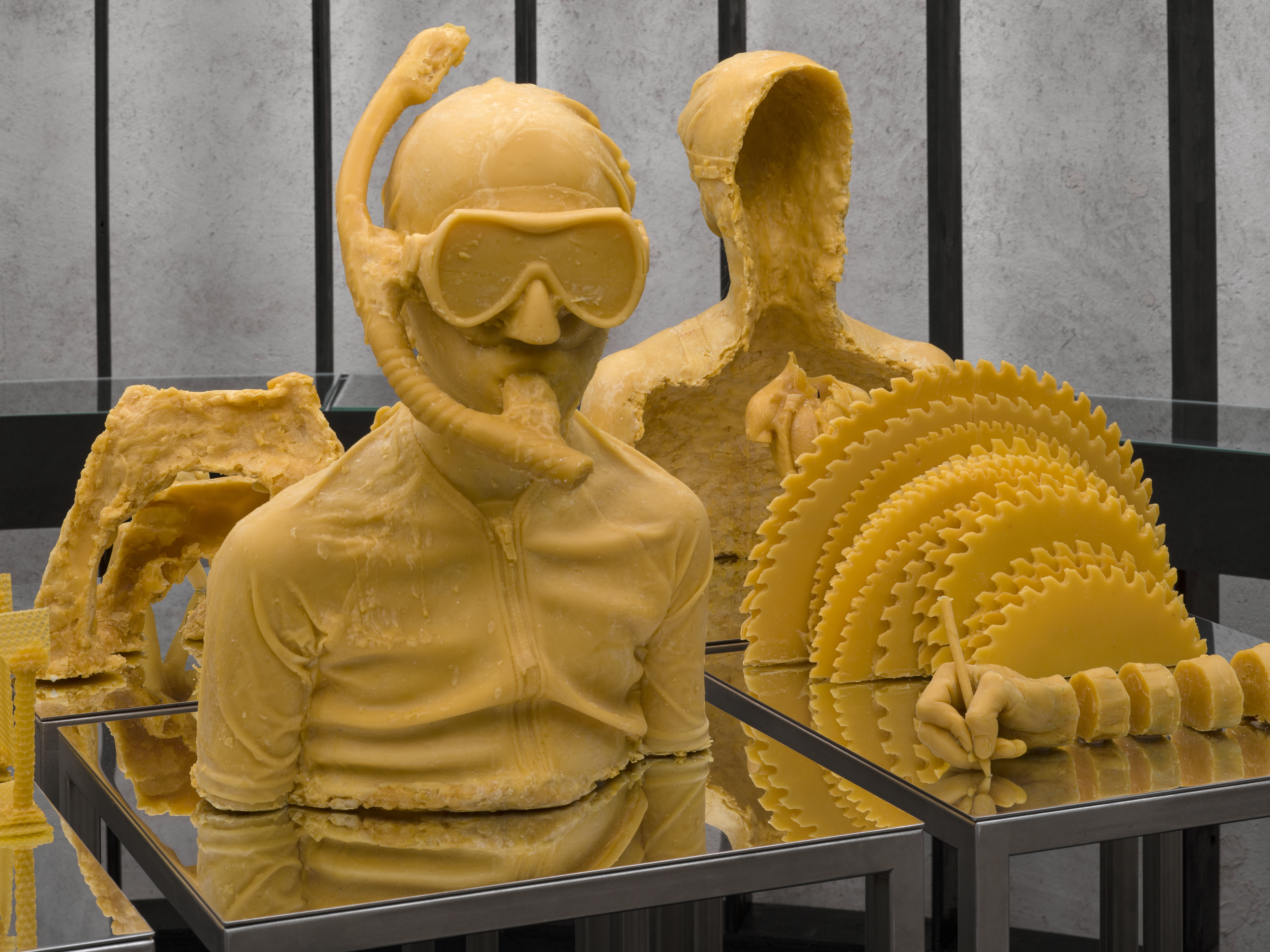
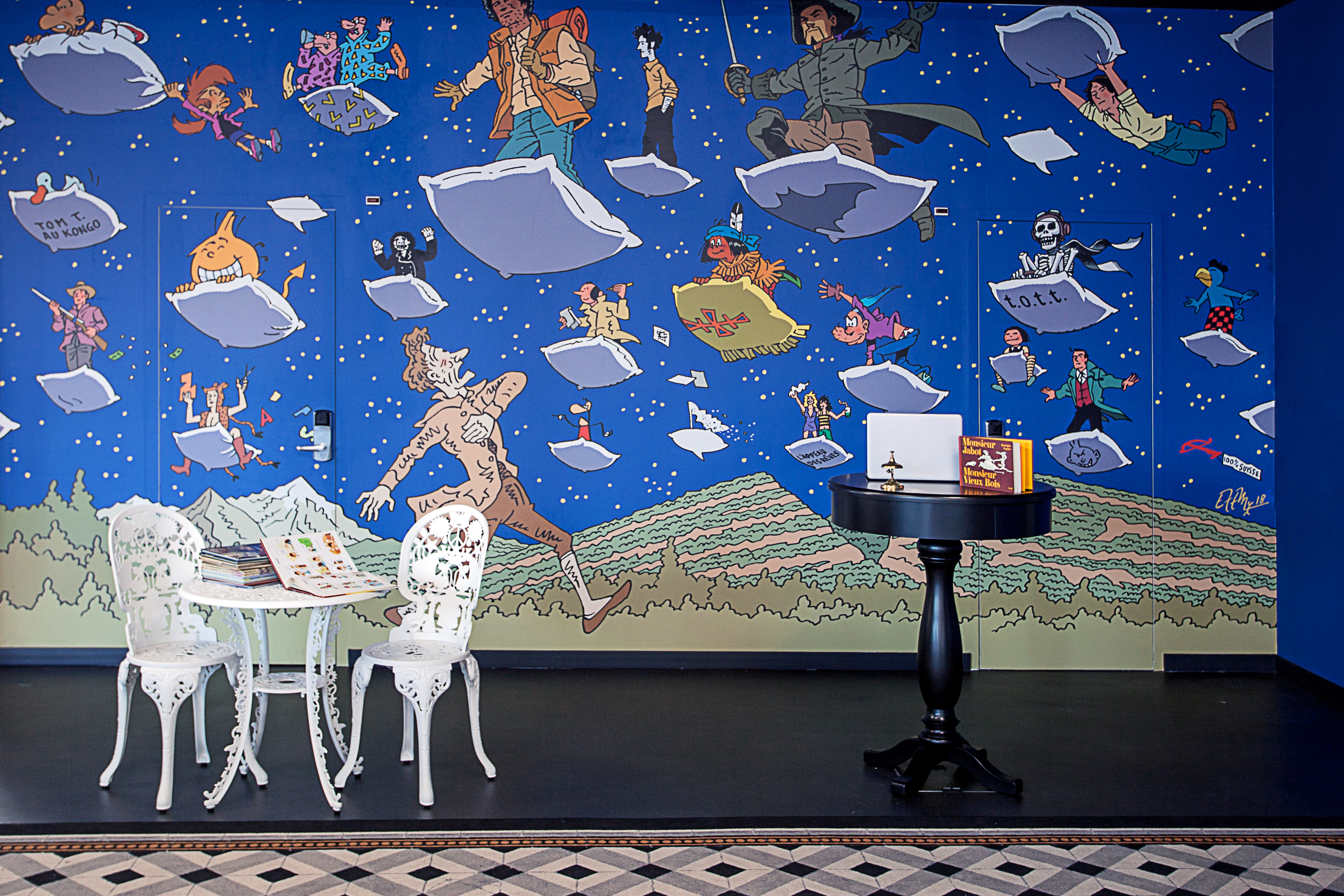




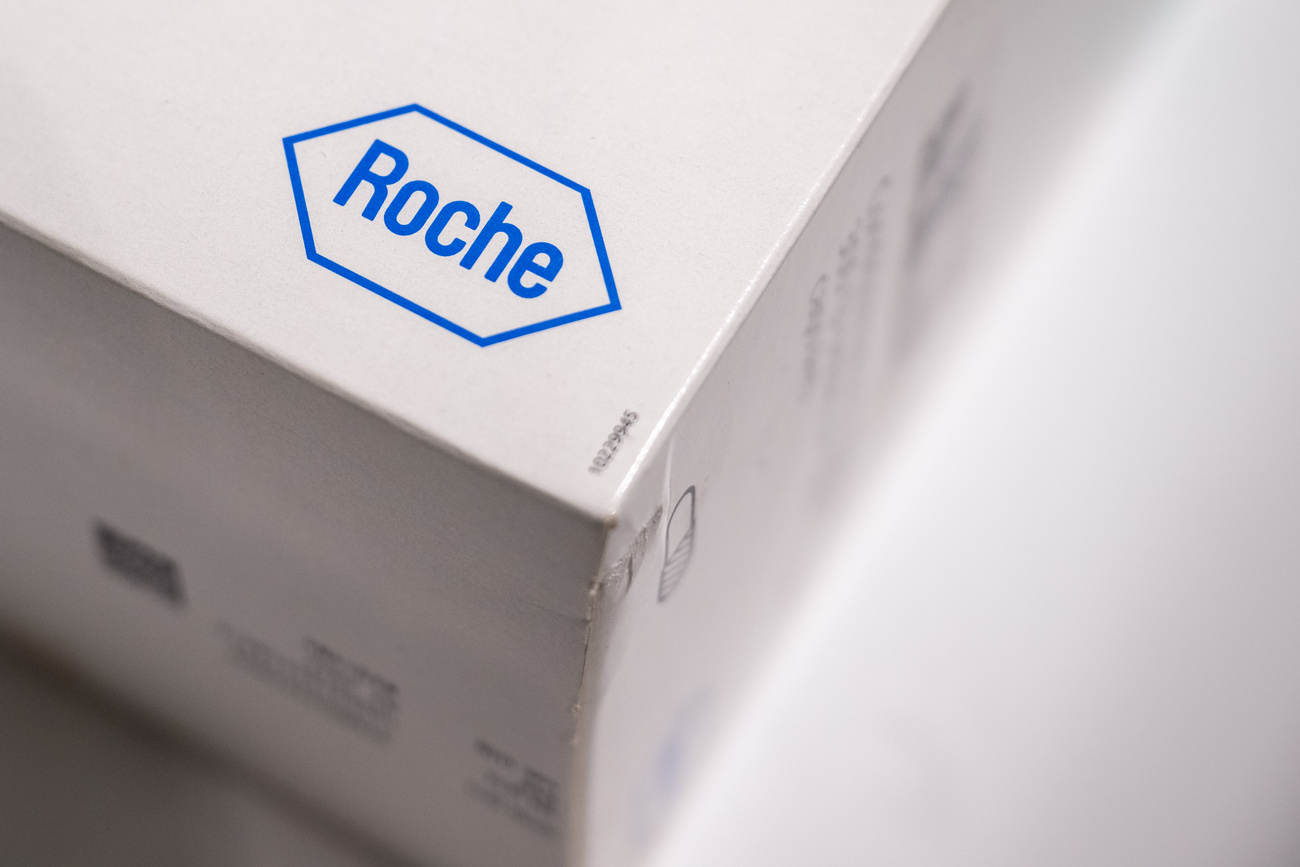







You can find an overview of ongoing debates with our journalists here . Please join us!
If you want to start a conversation about a topic raised in this article or want to report factual errors, email us at english@swissinfo.ch.